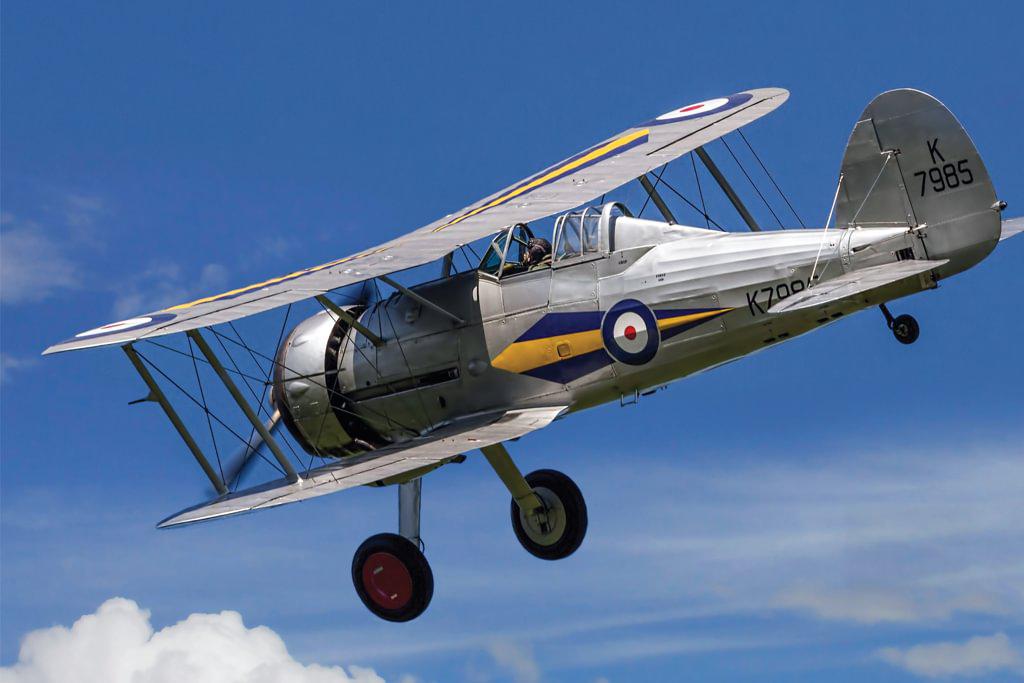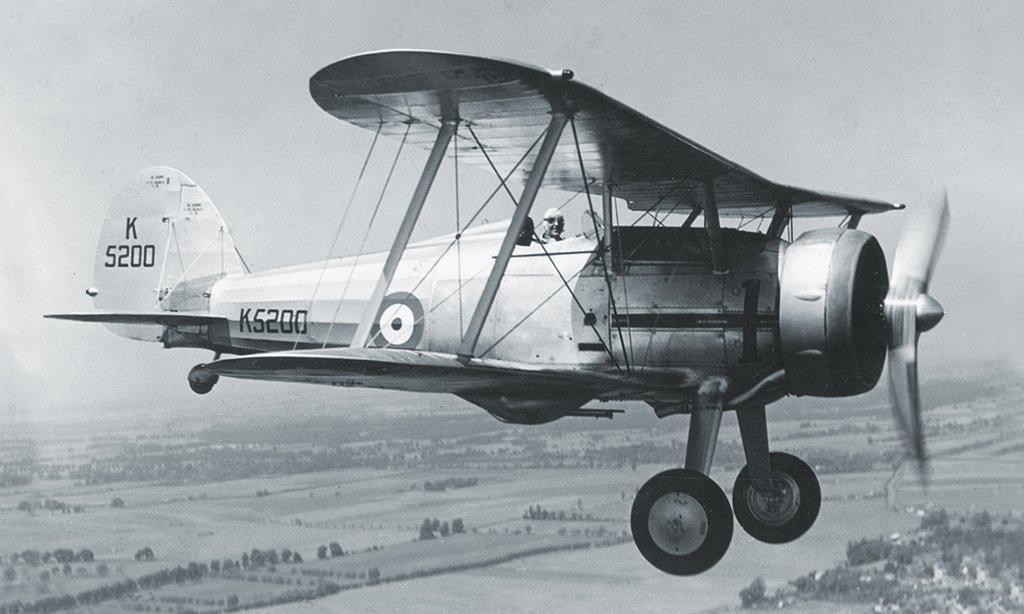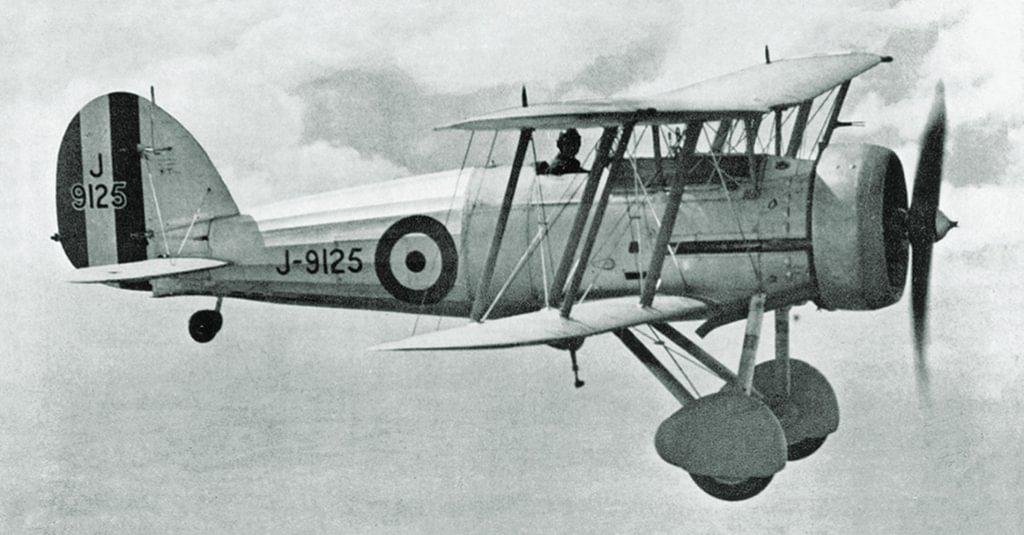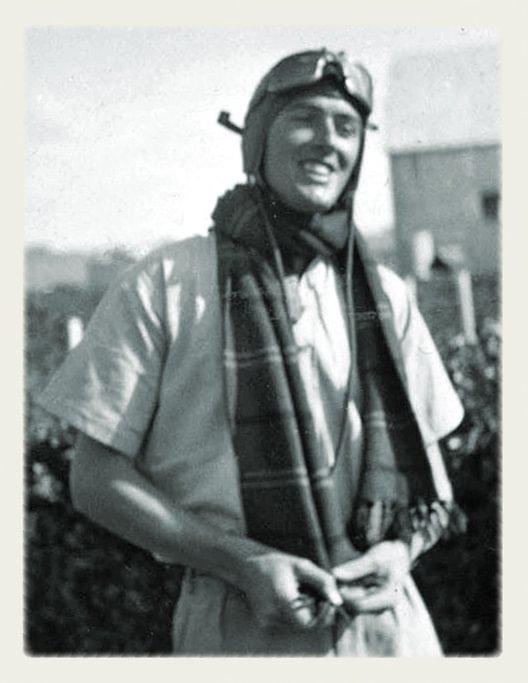


Roald Dahl was not an admirer of the Gloster Gladiator. “They have taut canvas wings, covered with magnificently inflammable dope, and underneath there are hundreds of small thin sticks, the kind you put under the logs for kindling, only these are drier and thinner,” wrote Dahl, the British novelist and short-story writer, creator of Willy Wonka and a Gloster Gladiator pilot himself. “If a clever man said, ‘I am going to build a big thing that will burn better and quicker than anything else in the world,’ and if he applied himself diligently to his task, he would probably finish up by building something very like a Gladiator.”
Dahl’s understanding of his airplane’s structure was lacking, since its wings were all metal, but he nearly died in a flaming crash of his own Gladiator in the North African desert, so we’ll give him some leeway.
The Gladiator—it had no nickname, was never called the Gladdy or the Blazing Breadbox—was the last British biplane fighter, an anomaly that the Air Ministry clung to out of both necessity and romanticism. As an aerobatic plaything for the finest flying club in the world—the boys of the RAF’s Volunteer Reserve prewar university squadrons at Cambridge and Oxford—there was no lovelier airplane.

In the 1930s, the RAF was lumbered with slow, draggy, open-cockpit biplane fighters like the Hawker Fury and Bristol Bulldog, which could trace their lineage to World War I. But relief was in sight: already under development were “the monoplane fighters,” which we now know as the Hawker Hurricane and Supermarine Spitfire. They were a reaction to the threat of what would become one of the finest pistonengine fighters of all time—Germany’s Messerschmitt Me-109. But “development” was another way of saying, “maybe next year…or two.” Something was needed in the interim.
The company that built